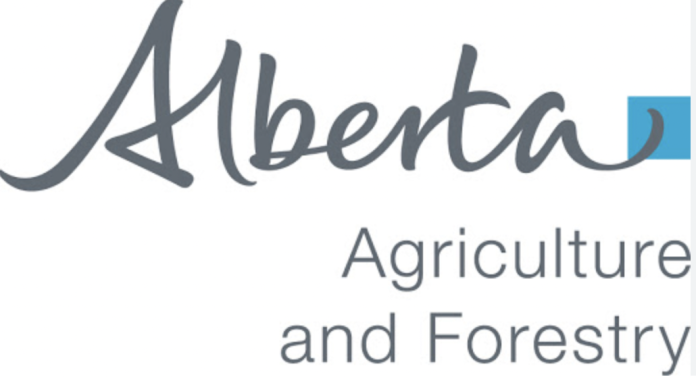
Source: Government of Alberta
“Agri-businesses utilize depreciable assets, and they acquire new capital assets or replace old ones as their business expands and evolves,” says Azam Nikzad, market analyst/coordinating researcher with the Alberta government. Canada Revenue Agency defines depreciation as the gradual decline in the value of an asset over time and the method used to allocate the cost of tangible assets throughout their operational lifespan.
Higher depreciation costs imply increased costs for buildings, machinery and equipment, but it also suggests increased investment in these assets. Alberta’s agricultural sector has experienced a continued upward trend in total depreciation expenses, demonstrated by an average annual increase of 5.6% over the past decade. Notably, depreciation on machinery represented 83% of the total depreciation charges in 2022, whereas depreciation on buildings accounted for the remaining 17%.
Figure 1. Depreciation expenses

Many factors contributed to the surge in depreciation costs in the agricultural sector. One factor is the composition of capital shifting towards equipment, machinery and software. This shift implies a correlation between the evolving capital composition and the observed trend in depreciation rates.
“Modernization of agricultural practices coupled with demand for more efficient farming has driven farmers to invest in technologically advanced equipment,” explains Nikzad. “New equipment comes at higher cost, contributing to the upward trend in depreciation charges. Furthermore, inflationary pressures on material and labour costs contribute to increased construction expenses, which increases asset values and leads to higher depreciation on new buildings.”
The introduction of the Accelerated Investment Incentive program in 2018 allowed farmers to claim a higher Capital Cost Allowance (CCA) deduction within the first year of acquiring an eligible depreciable asset, thereby influencing the trajectory of CCA deductions throughout the asset’s lifespan. The program encouraged businesses to invest in new capital assets, without altering the total deductible amount over the life of an asset.
“There was an uptick in total depreciation charges following the program’s initiation, but the time span also happened to coincide with record high farm cash receipts and farm income in Alberta, especially in 2021 and 2022. This meant some farmers were probably in the mood to buy regardless. The program likely brought some investment forward.
“In Canada, sales of certain types of farm equipment increased from January to November 2023, compared to the same period in 2022. According to recent data from the Association of Equipment Manufacturers, sales of tractors over 100hp were up 3.5%, while combine sales were up 6.4% and 4-wheeled drive tractor sales were up a whopping 42%.”
| Realized Net Income = (Cash Receipts−Operating Expenses) + Income In Kind – Depreciation Charges | |
| Alberta 2018 | $246 million = ($13.6 billion – $11.5 billion) + $11.9 million – $1.9 billion |
| Alberta 2022 | $3.0 billion = ($22.3 billion – $16.9 billion) + 12.0 million – $2.4 billion |
“At the macro level, it will be interesting to monitor depreciation charges and its impact on realized net income in the coming years, especially if commodity prices were to move lower. At the farm level, understanding depreciation costs and using Capital Cost Allowance strategically can help manage taxes,” says Nikzad.







